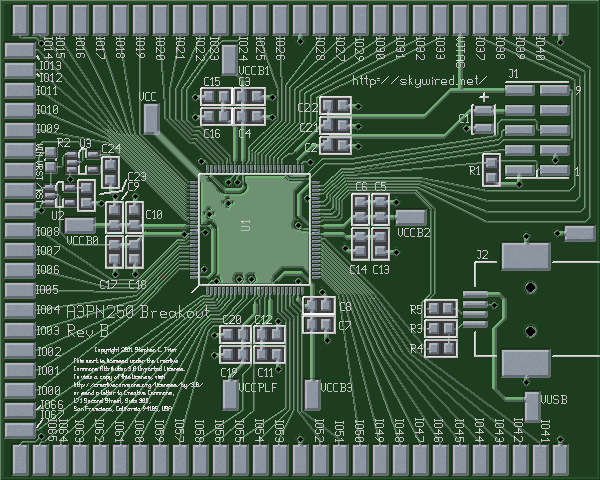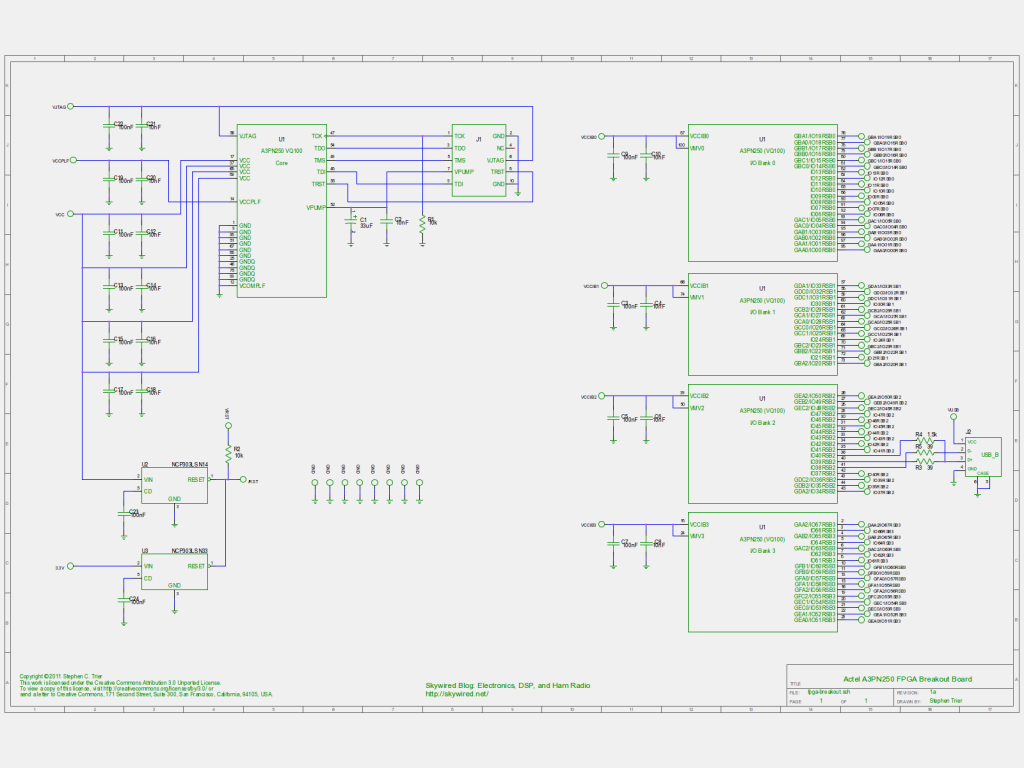I’ve been thinking for some time about a DSP-based ham radio. After
considering and discarding more grandiose schemes, I was inspired by my
Norcal 40A. It and the original Norcal 40 are fairly simple and highly
reproducible (thousands were built). However, performance was not
sacrificed in the name of simplicity. Instead, the rig was carefully
designed to make the most of its NE602 mixers and crystal filter.
Why not try for the same goals in a DSP-based rig? In theory, one should
be able to subsume all of the IF and most of the RF and baseband into….
I’ve been thinking for some time about a DSP-based ham radio. After
considering and discarding more grandiose schemes, I was inspired by my
Norcal 40A. It and the original Norcal 40 are fairly simple and highly
reproducible (thousands were built). However, performance was not
sacrificed in the name of simplicity. Instead, the rig was carefully
designed to make the most of its NE602 mixers and crystal filter.
Why not try for the same goals in a DSP-based rig? In theory, one should
be able to subsume all of the IF and most of the RF and baseband into the
DSP, leaving little but filtering components and a few amplifiers outboard.
The result would have a small number of components and would be fairly easy
to build.
I set a goal to build a self-contained radio, not a PC-based software defined radio. It will be narrow band for simplicity. As much functionality as practical will be done digitally. Finally, the design should be reproducible by others. That, in turn, means that it should be documented, it should use a low-cost DSP toolchain, and it should be insensitive to component variation.
Finally, I have an interest in delta-sigma techniques and multirate DSP, and the radio will be an excellent platform to explore and experiment with those technologies.
Continue reading “The Plan”


